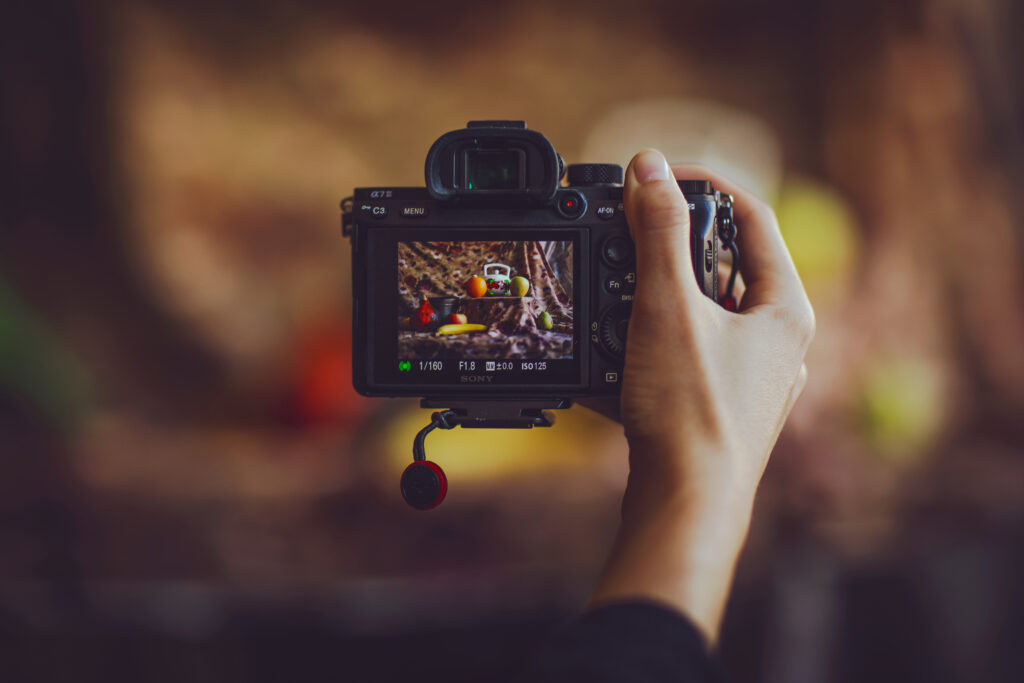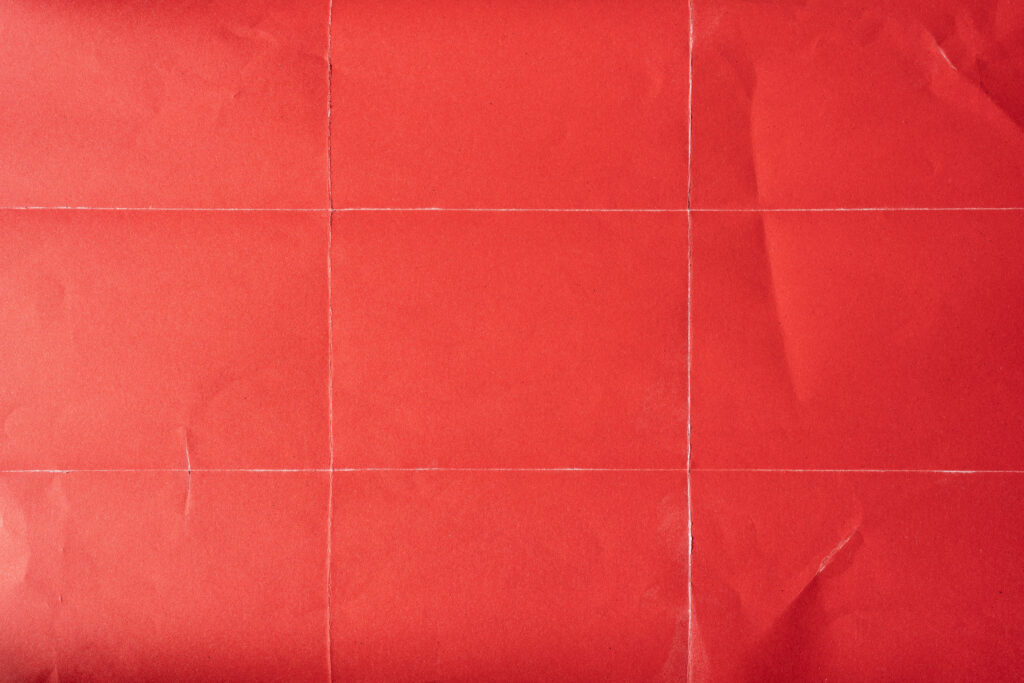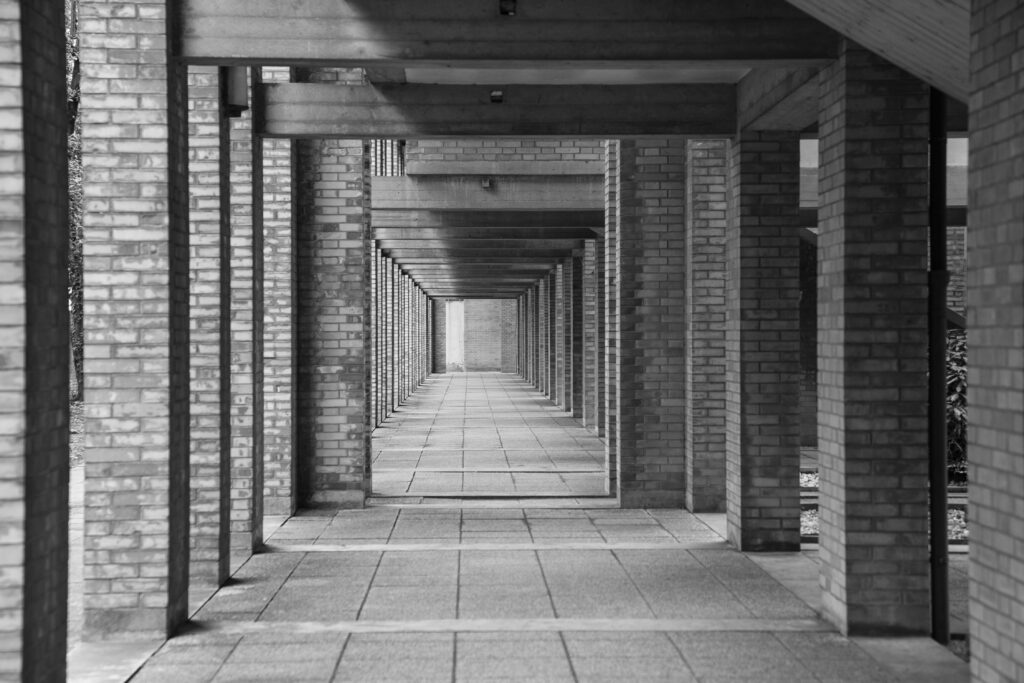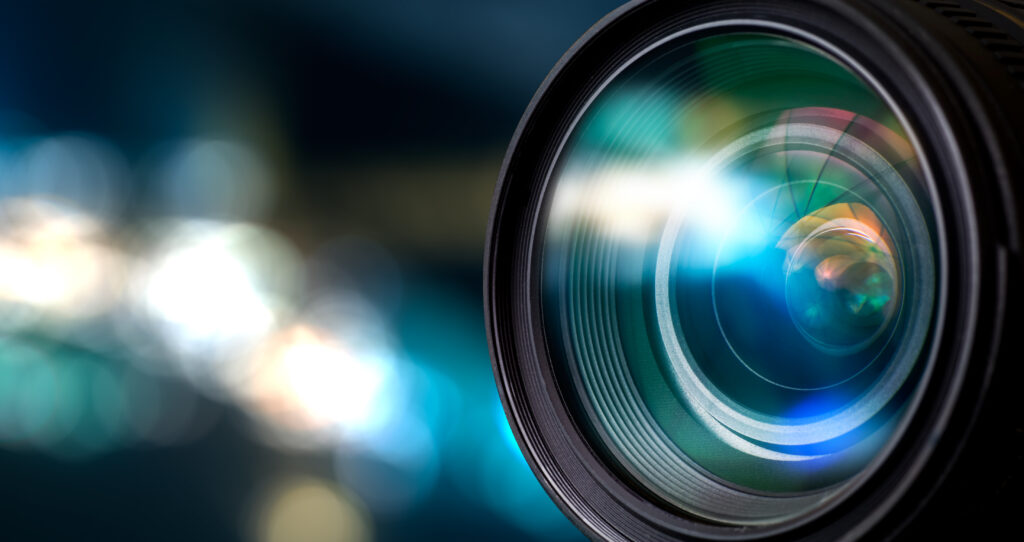The Key Role of Composition in Real Estate Photography
The key role of composition in real estate photography cannot be understated.
It is essential to capture great photos that showcase the property in the best possible light, and it is what helps to draw potential buyers in. With a few simple tricks, anyone can learn the basics of composition and start taking stunning real estate photos.
In this blog post, we’ll discuss the importance of composition in real estate photography and how it can help you take your real estate photos to the next level. Keep reading!
What Is Composition?

In photography, composition refers to the way in which you arrange the different elements of your photo within the frame.
It’s all about creating a visually pleasing image that draws the viewer in and tells a story. Composition is not something that you can master overnight, but with a little bit of practice and some helpful tips, you can significantly improve your real estate photography game.
Think of it this way – when you look at a photograph, what is the first thing that catches your eye? Is it the color, the lighting, or perhaps the angle? All of these elements play a role in the composition, which is essentially the way that the photo is put together.
There are different techniques you can use to compose a photo, and the best approach may depend on the property you’re shooting, the lighting, and other factors. Some of the most popular composition techniques include the rule of thirds, framing, leading lines, and depth.
So why is composition so important in real estate photography? It’s simple – a well-composed photo can make all the difference in how potential buyers perceive a property. A great photo can make a property look inviting, warm, and spacious, while a poorly composed photo can make the same property look small, cluttered, and uninviting.
In other words, composition is key in showcasing the unique features and selling points of a property. So the next time you’re out on a real estate photography shoot, remember that composition is not just a technical element of the craft – it’s a way to tell a story, and ultimately, to help your clients sell their property.
The Rule of Thirds

Now, let’s talk about the rule of thirds.
You may have heard of this term before, but what does it actually mean? The rule of thirds is a guideline that helps you position the most important elements of your photo in the most visually pleasing way.
The concept is simple: imagine dividing your image into thirds both horizontally and vertically. This creates nine equally-sized boxes on the screen. You want to place your subject or point of interest along one of these lines or where the lines intersect. This helps draw the viewer’s eye to the most important part of the photo and creates balance and harmony within the frame.
For example, if you’re taking a photo of a living room, you might position the furniture along one of the horizontal lines and the focal point, such as a piece of artwork, along one of the vertical lines. By doing this, you create a balanced composition that is visually pleasing and draws the viewer’s eye towards the intended subject.
Using the rule of thirds doesn’t mean you have to stick to strict guidelines. It’s more of a starting point that allows you to create a composition that is aesthetically pleasing. Remember, photography is an art form and there are no hard and fast rules when it comes to creativity.
By understanding and using the rule of thirds, you can create photos that are visually appealing and tell a story about the property you’re trying to sell. It’s just one tool in your photography kit that can help you capture stunning real estate images that make your clients say, “Wow”.
Framing

When we think about framing, we’re essentially talking about putting a picture within a picture.
It’s a bit like taking a photograph of someone holding a photograph – there’s a sort of meta-quality to it.
Framing is important in real estate photography because it can draw attention to the features of a property that are particularly special or desirable. By creating a “frame” around something, we’re helping the viewer understand that it’s important or noteworthy.
Here are a few ways you can use framing in your real estate photography:
- Doors and Windows – One of the most obvious ways to frame something in a room is to use the doors and windows that are already there. This is particularly effective if the view outside the window is particularly beautiful or interesting.
- Archways and Doorways – Archways and doorways can also make great frames. These elements add depth and interest to your photos, and they can also help draw attention to important features of the room.
- Furniture – You can also use furniture to create a “frame” around certain elements of a room. For example, you might use a couch to frame a fireplace or a dining room table to frame a chandelier.
- Landscape Elements – When shooting exterior shots, you can use landscape elements like trees, bushes, and other foliage to create a natural frame around the property. This helps add depth and context to your shots.
The key to framing is to be creative and thoughtful. Think about the elements in the room or the landscape that you want to highlight, and then look for ways to frame them in an interesting and eye-catching way. With a little bit of practice, you’ll be amazed at the results you can achieve.
Leading Lines

When you walk into a home or apartment, your eyes tend to follow a certain path.
Perhaps you find your eyes drawn to the elegant staircase, the fireplace, or the intricate woodwork. Professional real estate photographers consider this path that your eyes follow a leading line when framing their shots.
Leading lines are lines within a photograph that guide the viewer’s eyes toward a specific subject or point of interest. These lines can be horizontal, vertical, diagonal, or even curvy, but their job is to lead the viewer’s eyes where the photographer wants them to go. When used effectively, leading lines can create a sense of depth, draw attention to a specific area, or simply add visual interest to a shot.
Leading lines are often used in real estate photography to draw attention from a room’s foreground to its background. A corridor with a wooden floor may lead to a large, lovely window. By placing the camera at the beginning of the hallway and matching the hardwood planks to create a leading line, the photographer naturally draws viewers to the window and the stunning scene outside.
Leading lines can also generate shot symmetry. Position furniture or decor to create parallel or converging lines. A dining table with neatly positioned chairs on either side produces a symmetrical leading line that attracts the viewer’s eye to the shot’s center.
Of course, leading lines can also be used creatively to add a bit of visual interest or intrigue to a shot. For example, a diagonal leading line that cuts across a room might lead the viewer to a piece of artwork or a unique architectural feature that they might have missed otherwise.
Depth

One of the most important aspects of composition is depth. But what does that mean?
Simply put, depth is the illusion of three-dimensional space in a two-dimensional photograph. It can add dimension and make a space feel more real, making the viewer feel like they’re right there in the room.
One of the best ways to create depth in your real estate photography is to include a foreground, middle ground, and background. The foreground could be a plant or a piece of furniture, the middle ground could be the room itself, and the background could be the window or the view outside. By incorporating all three elements into your shot, you give the viewer a sense of the space and how it relates to the outside world.
Another way to create depth is to use leading lines. Leading lines are lines within a photograph that guide the viewer’s eye towards a specific focal point. They can be created by the lines in the flooring or the angles of the furniture. Leading lines can add depth by creating a sense of space within the photograph.
Finally, using depth of field can add depth to your photographs. By blurring the background slightly, you create a sense of distance between the subject and the background, making the viewer feel like they are looking through a window rather than just staring at a flat image.
Ready to sell your property? Give us a call today and learn more about our professional photography services and marketing that can boost your property listing!
Plus, explore our virtual assistant coaching program to level up your business. Don’t forget to tune into our new podcast for even more valuable insights!
